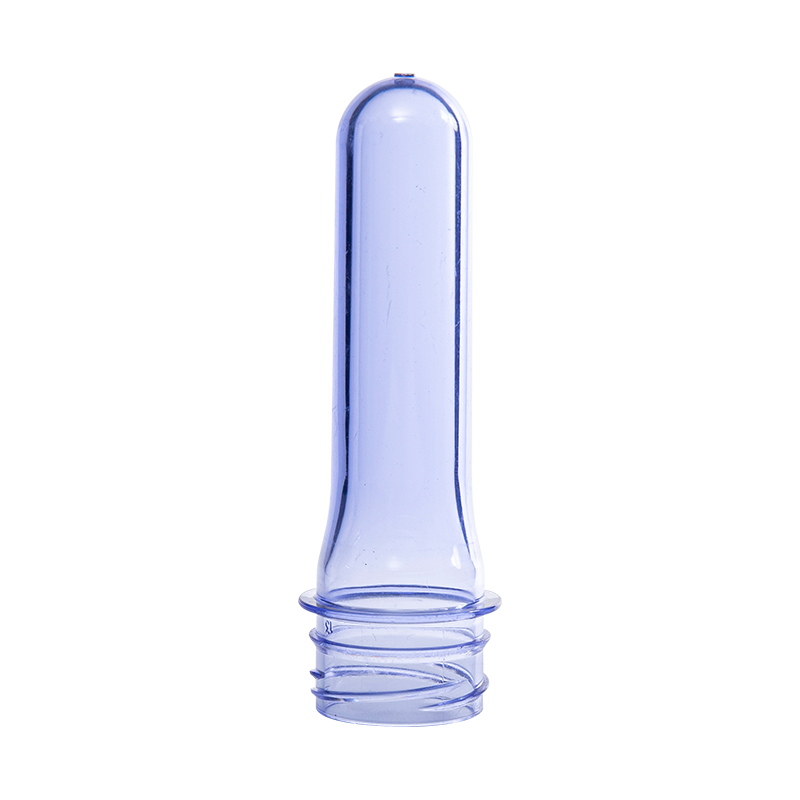When it comes to 30mm PET preforms, details that seem minor on the surface—like wall thickness distribution and neck geometry—can have a major impact on blow molding performance and the overall quality of the final bottle. These preforms are widely used in water bottle production, and manufacturers know that achieving consistency during stretch blow molding starts well before the bottle even takes shape. A well-designed preform ensures uniform material distribution during blowing, which directly influences bottle strength, clarity, and dimensional stability.
Wall thickness variation in PET preforms affects how the material responds to heat and stretching during the blow molding process. If the walls are too thin in certain areas, the material can overstretch or even rupture under pressure, especially in high-speed production lines. Conversely, excessive thickness not only wastes resin but also slows down cooling times, reducing cycle efficiency. In the case of 30mm preforms, getting the wall balance right is particularly crucial because these are often used in high-volume applications where even minor production inefficiencies scale quickly.
Neck geometry plays an equally important role. For 30/25mm thread finishes—the dominant standard in bottled water packaging—the neck must maintain tight tolerances to ensure compatibility with common closure systems. A slight deformation or inconsistency can compromise seal integrity or cause issues during capping. Moreover, the neck’s thermal profile differs from the body of the preform; because it is not reheated during blowing, its design must be precisely engineered during injection molding to deliver strength, uniformity, and function without additional adjustment.
What many packaging buyers don’t immediately realize is how the neck and wall work together during the transition from preform to bottle. A preform with well-controlled wall thickness supports even stretching of the material, while a stable neck finish maintains alignment in the mold. Any mismatch can result in uneven base formation, shoulder deformation, or stress concentration areas in the bottle—issues that might not be visible immediately but can lead to failure during transport or on the shelf.

For brands focused on lightweighting strategies, which are increasingly common, this balance becomes even more delicate. Reducing preform weight means tighter margins for error in both wall thickness and neck strength. That’s why sourcing from a manufacturer with deep expertise in 30mm PET preform production isn’t just a matter of cost—it’s a smart move to ensure reliable downstream performance. We’ve seen how a well-engineered neck and finely tuned preform wall can allow brands to cut weight while maintaining excellent bottle functionality and customer experience.
As a supplier with years of hands-on experience, we work closely with customers to fine-tune these technical aspects of 30mm PET preforms. From mold development to quality control, every step is optimized to deliver consistent results, especially for clients operating in competitive markets where packaging efficiency and reliability directly affect the bottom line. For those looking to scale up or customize their bottle design, understanding the role of these structural elements is key to achieving repeatable success in production.
By mastering the interplay between wall thickness and neck geometry, your packaging line can gain not just better-looking bottles but stronger, more efficient ones too. And with rising demands for sustainable packaging and cost control, investing in technically sound 30mm preforms is more than a manufacturing detail—it’s a competitive advantage.